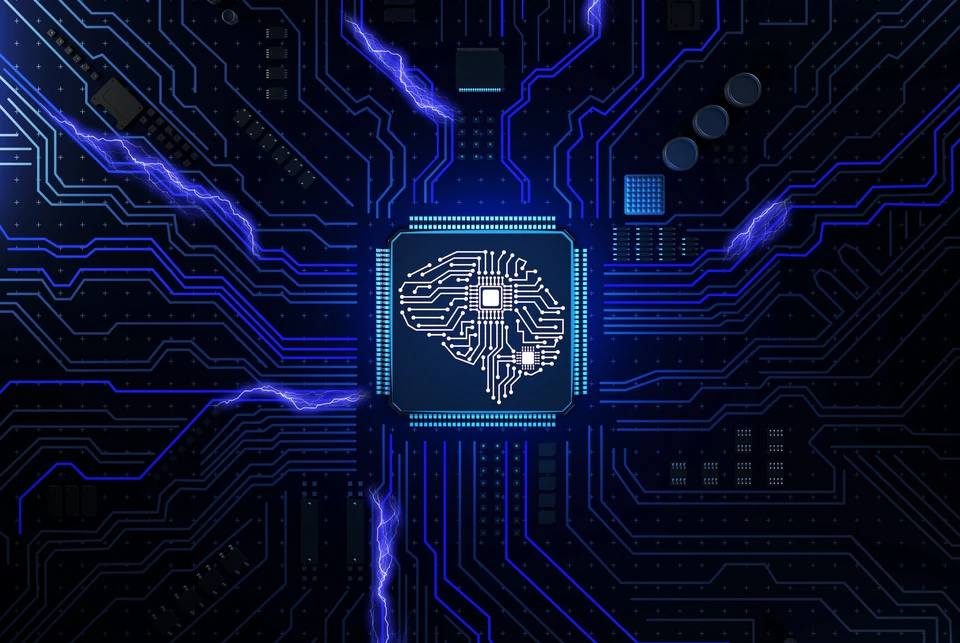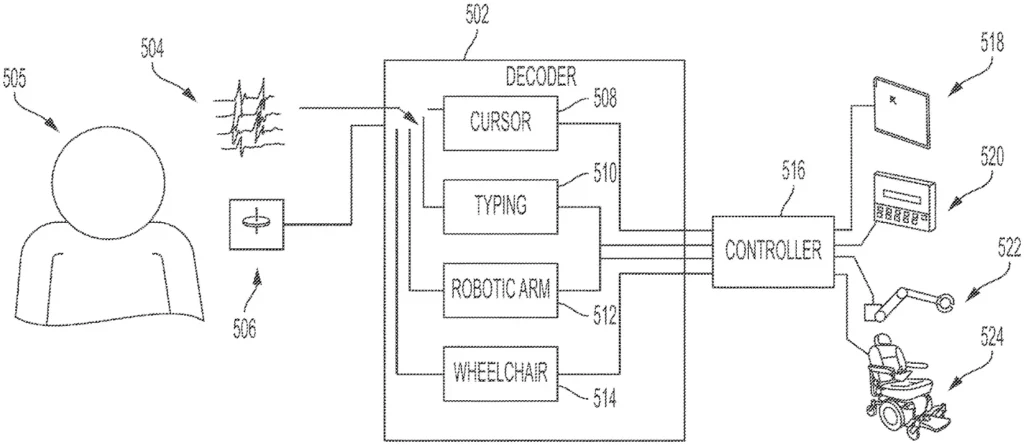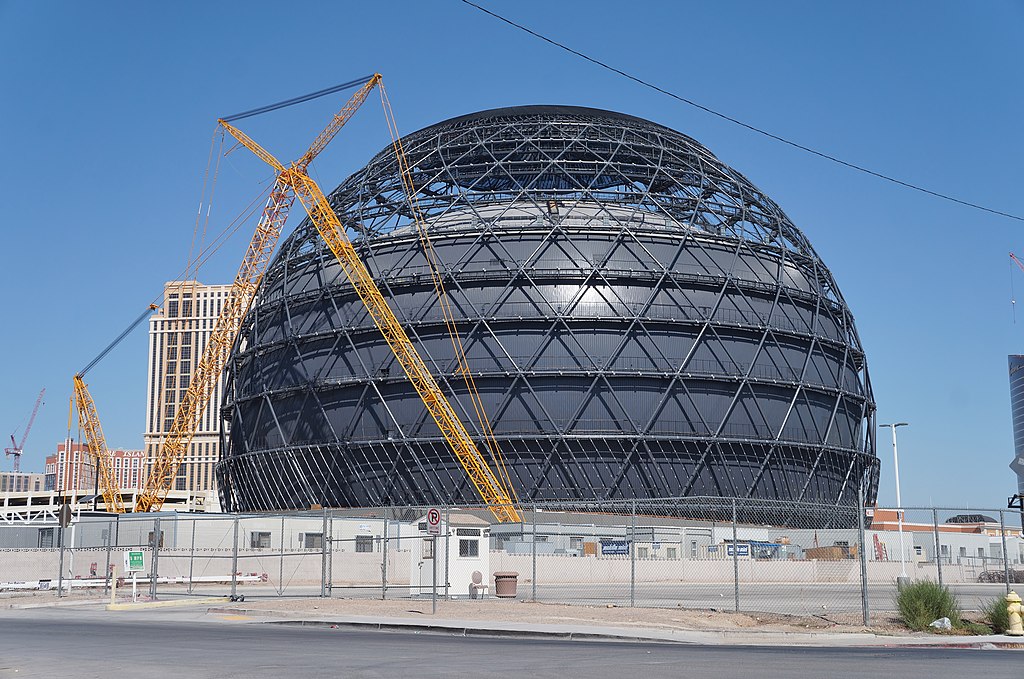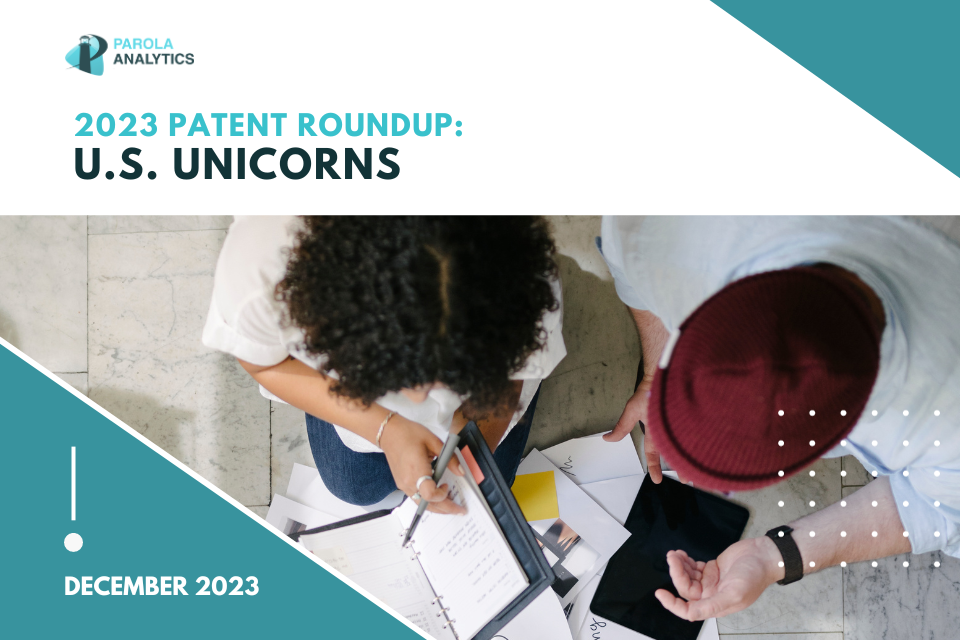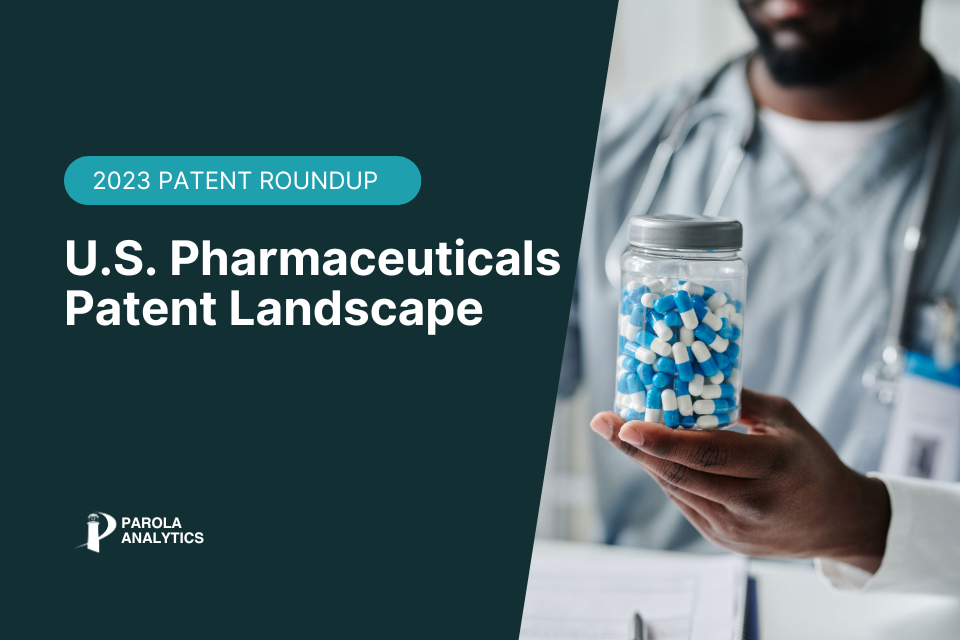In May 2023, Neuralink, the neurotech startup co-founded by Elon Musk, achieved a milestone by securing FDA approval for human trials of its brain implant, Link. This development marks a significant feat in the brain-computer interface (BCI) industry, as no other BCI company has previously secured the FDA’s final approval. With this authorization, Neuralink inches one step closer.
However, the startup is not without its controversies. In 2022, it was reported that the company was under federal investigation for potential animal cruelty violations as internal staff complaints claimed its animal testing was being rushed. Several activist groups have critiqued and have urged Musk to disclose the findings of their animal testing. Earlier in 2023, the FDA had denied Neuralink’s request for human trials, highlighting various concerns that required attention.
In this article, we take a closer look at Neuralink and their patents.
Neuralink’s patenting activity
Neuralink was first launched in 2016, and was first publicly reported in 2017. The BCI startup, which “develops implantable brain-computer interfaces”, started filing patent applications in 2018. A brain-computer interface (BCI) is a system that enables direct communication between the brain and external devices, often by translating neuronal activity into control signals.

| Patent Publications | By priority year | By filing year |
|---|---|---|
| 2018 | 22 | 0 |
| 2019 | 20 | 19 |
| 2020 | 0 | 21 |
| 2021 | 14 | 15 |
| 2022 | 0 | 1 |
Neuralink has a total of 56 patent publications: 18 are (granted) patents, 35 are pending applications, two have lapsed and one rejected patent. Patent application US20210346687, titled “Device implantation using a cartridge” was rejected by the USPTO on obviousness grounds.
The patents belong to 23 unique patent families. Out of these patent families, 11 are granted, 11 are pending, and one has lapsed. The company also has filings in the EPO, Japan, South Korea, Canada, and Australia.

Neuralink patents per jurisdiction
| Granted | Pending | Total | |
|---|---|---|---|
| USA | 12 | 14 | 26 |
| Australia | 0 | 4 | 4 |
| Canada | 2 | 2 | 4 |
| EPO | 0 | 6 | 6 |
| Japan | 3 | 4 | 7 |
| South Korea | 1 | 6 | 7 |
Neuralink Featured Patents
Brain-machine interface (BMI) with user interface (UI) aware controller
The invention pertains to Brain-Machine Interface (BMI) devices that can be implanted or worn by a subject to capture and decode neural signals from the brain.
Traditional Brain-Machine Interfaces (BMIs) face challenges in decoding neural signals for different activities. Existing systems might be well-suited to one type of activity but underperform in another, making them less versatile.
The invention describes a dynamic BMI system that can seamlessly switch between different decoding models based on the activity the subject is engaged in. This adaptability is achieved by detecting activity changes through sensors and rerouting neural signals to the most appropriate model for decoding. Furthermore, the system can detect user frustration or errors in real-time and adjust its commands accordingly, offering a more accurate and responsive interface.
Activity detection. The system can determine when a subject switches from one activity to another (e.g., from using a GUI to operating a robotic arm) and adjust its decoding process accordingly.
Real-time feedback. If the system detects errors or user frustration, it can inhibit commands, switch decoding models, or send cancellation commands to correct the action.
Data compression algorithms. Depending on the detected activity, the system can dynamically choose the most suitable compression algorithm for transmitting neural data.
U.S. Patent No. 11,630,516 was filed on December 12, 2021 and was granted on April 18, 2023.
Cell-based brain-machine interface
This sounds like straight out of science fiction. But to put it simply, this invention proposes a new way of connecting brains to computers. Instead of using traditional invasive methods or external sensors, this system transplants special cells directly onto the brain’s surface.
A cortical graft layer consisting of a multitude of neuronal cells is transplanted onto a brain’s cerebral cortex. These transplanted cells integrate with the brain, respond to external stimuli by emitting either light or electrical signals, providing potentially a more precise and biocompatible way to record or stimulate neural activity. These signals can then be recorded, allowing for communication between the biological brain and a computer.
US20230077899A1 was filed on December 8, 2021.
Brain implant with subcutaneous wireless relay and external wearable communication and power device
While this patent application which was filed in July 2020 has already been abandoned, it still interesting to note what kind of technologies Neuralink is pursuing.
Capturing and transmitting the brain’s electrical signals in a non-intrusive, efficient, and detailed manner has always been a challenge. Traditional brain-monitoring systems might be bulky, less efficient, or not precise enough in picking up detailed neural activity.
The invention is a brain electrode implant system that involves cylindrical sensors which are installed into burr holes in a subject’s skull, to reduce external protrusions. The sensors are directly connected to a plethora of metal electrodes that are implanted into the brain, to ensure detailed signal capture. A small router located behind the ear picks up brain activity through the small metal probes.
According to the invention, the transformation of these signals from analog to digital and the use of multiplexing makes the data transmission efficient. The relay’s ability to communicate wirelessly with external devices provides flexibility and reduces physical constraints for the subject.
Need a deep-dive on brain-computer interface patents? Contact us for a comprehensive patent landscape report.
